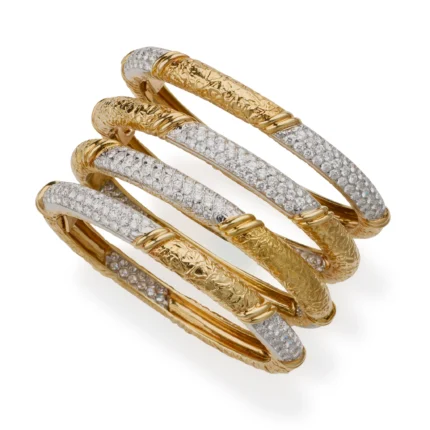Description
The BMW M88 (3.5L) Engine: A Legacy of Performance and Innovation
The BMW M88 engine is a name that echoes through the annals of automotive history, known for its exhilarating performance and engineering prowess. Introduced in the late 1970s, this powerhouse laid the foundation for BMW’s M Division, which has become synonymous with high-performance luxury vehicles. The M88 is not just an engine; it represents a pivotal moment in BMW’s evolution, merging cutting-edge technology with motorsport-inspired engineering.
Historical Background
Developed in the context of an increasingly competitive motorsport environment, the M88 engine made its debut in 1978. It was designed to power the legendary BMW M1 supercar, a vehicle that aimed to dominate the racetrack while proving itself as a formidable contender in the burgeoning supercar market. The M88 was birthed from a combination of engineering brilliance and racing pedigree, drawing upon technologies and concepts developed in the BMW 3.0 CSL racing cars, which had already made a significant impact in the 1970s.
Technical Specifications
The BMW M88 engine is a 3.5-liter inline-six, featuring a DOHC (double overhead camshaft) layout and a dry sump lubrication system. Key specifications include:
- Displacement: 3,453 cc (3.5L)
- Configuration: Inline-6
- Fuel System: Fuel injection (mechanical Bosch K-Jetronic)
- Power Output: Approximately 277 hp (206 kW) at 6,500 rpm
- Torque: 300 Nm (221 lb-ft) at 4,500 rpm
- Compression Ratio: 10.5:1
This combination of features allowed the M88 to deliver robust performance figures that placed it among the elite engines of its time. The engine’s construction, characterized by a lightweight aluminum block, contributed to its power-to-weight ratio, making it a popular choice for performance applications.
Engineering Innovations
The M88 exhibited several innovative characteristics that set it apart from its contemporaries:
- Double Overhead Camshaft: The DOHC design allowed for precise control of valve timing, contributing to improved airflow and higher RPM capabilities.
- Dry Sump Lubrication: This feature minimized oil starvation during high-performance driving, ensuring consistent lubrication even in extreme conditions.
- Fuel Injection: The mechanical fuel injection system provided better fuel atomization and increased performance efficiency over carbureted setups, optimizing power delivery and throttle response.
- Lightweight Construction: The use of aluminum not only reduced weight but also enhanced thermal efficiency, promoting better performance under various conditions.
Motorsport Heritage
While the M88 was initially designed for the M1 supercar, its influence extended well beyond. The engine became the backbone of several motorsport endeavors, notably in Group 4 endurance racing. The iconic BMW M1 Procar series, a one-make series that featured racing versions of the M1, highlighted the M88’s capabilities on the track, helping to cement BMW’s reputation as a dominant force in racing.
Additionally, variants of the M88 found their way into production vehicles, such as the BMW 635CSi, where they continued to deliver thrilling performance and driving dynamics. The engine later evolved into the M88/3 variant, which powered the legendary BMW M5 E28, further establishing its legacy in the high-performance sedan market.
Legacy and Influence
The BMW M88 engine set the stage for future developments in BMW’s M Division and beyond. Its principles of high-revving performance, structural integrity, and advanced technology echoed in later engines, influencing the design and evolution of powerplants such as the S38 and the S62.
Today, the M88 remains a beloved icon among automotive enthusiasts, a symbol of BMW’s commitment to performance and innovation. Collectors and restorers seek out vehicles equipped with this engine, recognizing it not just as a piece of machinery but as a critical chapter in the story of performance automotive engineering.

















